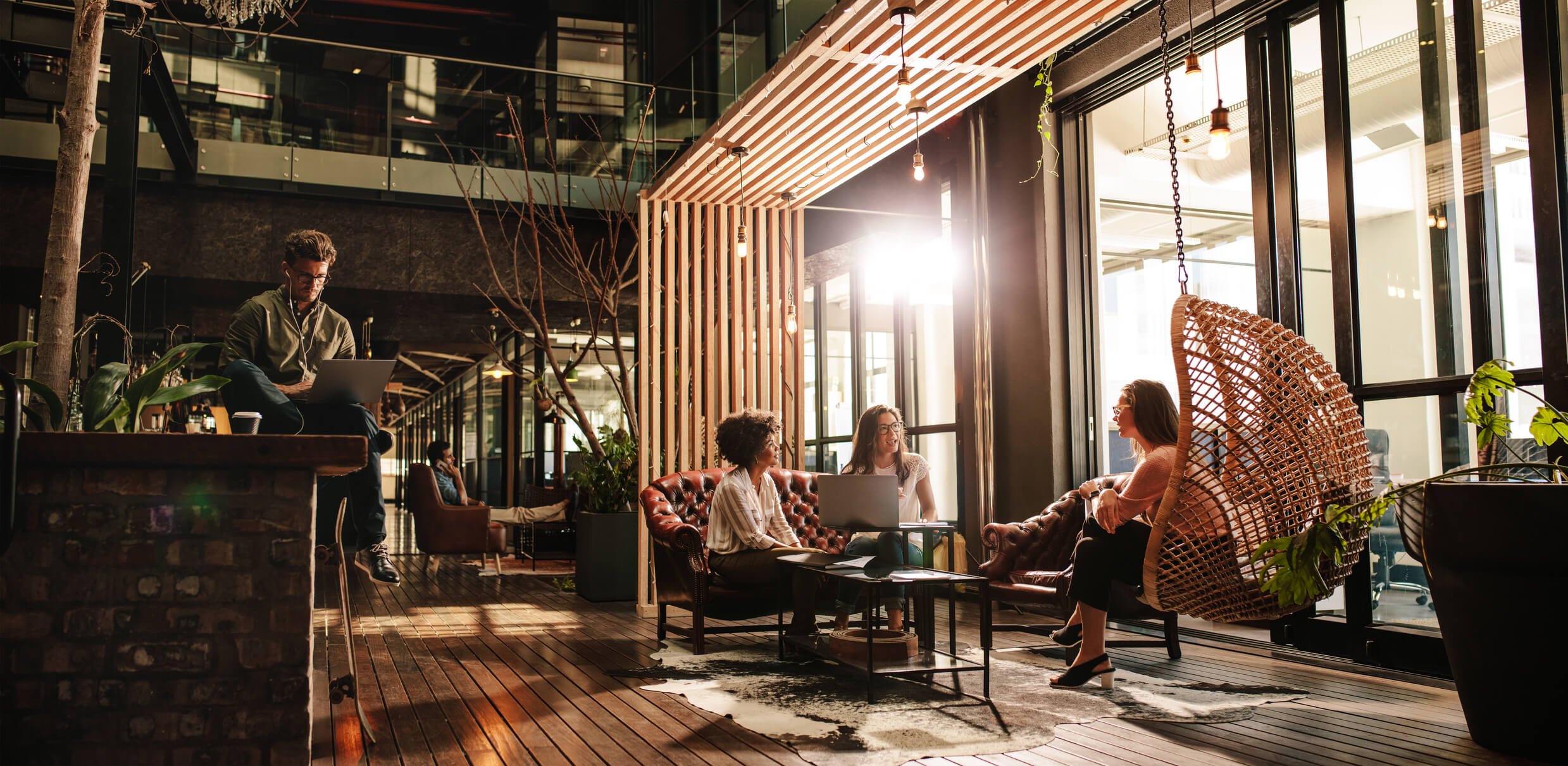
While you might have heard the term “sustainable cleaning” tossed around in the hospitality and healthcare industries, the concept is unique as it relates to higher education institutions. You face exceptional challenges, such as shrinking budgets, increased time pressures and a limited workforce. At the same time, universities must be committed to the latest trends in green buildings and certifications, and implement the appropriate policies and products.
However, sustainable cleaning best practices for universities provide opportunities that institutions of higher learning cannot afford to miss. Implementing these tactics can help lower cleaning costs, enable higher efficiency cleaning, and improve the overall health of your employees and students. The bonus is that you’re reducing your carbon footprint to support the environment, which boosts your public image. Consider a few strategies that can help your university capture the advantages of sustainability.
Learn All ABout Green Supply Chain Management for Environmental Sustainability
Carefully Assess Your Products
Sustainable cleaning best practices for universities do not simply mean out with the bad and in with the good. When you switch to green cleaning formulas, make sure they perform the same or better than the products you’re using now. Plus, you should do your homework and find out whether their claims to being eco-friendly and beneficial to health are viable. All manufacturers will stress that their products are safe and effective, but only through field testing will you establish which are best for your company. Certification from third party industry organizations is also useful, as are the testimonials of satisfied customers.
Maintain Transparency With Your Suppliers
Sustainable cleaning best practices for universities begin at the supply level, so keep the lines of communication open with your distributors. You need to stay on top of your supply chain to avoid purchasing the wrong product and exposing your administration, staff and students to harmful chemicals that can affect them for many years. Going green with cleaning processes and products is the first step to ensure the safety of building occupants.
Discover 4 Unknown Ways to Gain From Sustainable Supply Chains
Keep An Eye On Your Institution’s Future
Anticipating long and short term challenges is necessary for any aspect of university operations, and the same is true when you’re taking steps to go green. As you’re interviewing the components of your supply chain, ask to hear about the most cost-effective products to fit your organization’s needs. Also, assess the impact on your staff of implementing sustainability; they may be resistant to disrupting the status quo, yet you need their support in order to implement sustainable cleaning best practices for universities. Full disclosure and thorough education on the new products and policies will increase their level of commitment.
Read About The Latest 5 Emerging Trends in Supply Chain Management
Start Small To Move Toward Sustainability
Sometimes the best way to approach what might appear to be a monumental project is to tackle the smaller tasks. Rather than overhaul your entire facilities management, implement manageable tasks that get the job done. This strategy is effective in that it doesn't disrupt the daily routine of your administration, staff and university students. Some suggestions for universities to consider are:
- Installing software that shuts down computers and other equipment when not in use;
- Using vending solutions that power down lights and operations while maintaining proper refrigeration;
- Replacing incandescent or fluorescent bulbs with energy efficient CFL bulbs, which are eco-friendly and reduce operations costs;
- Purchasing front loading washers in dormitory and other laundry facilities, as they offer significant water savings over traditional units;
- Implementing solutions that reduce university building temperatures overnight and increase them before classes begin every day; and,
- Offering everyone a reminder to shut off lights when dorm or classrooms are not in use, such as placing a large sticker near light switches.

About Michael Wilson
Michael Wilson is AFFLINK'S Vice President of Marketing and Communications. He has been with the organization since 2005 and provides strategic leadership for the entire supply chain team. In his free time, Michael enjoys working with the Wounded Warrior Project, fishing, and improving his cooking skills.





